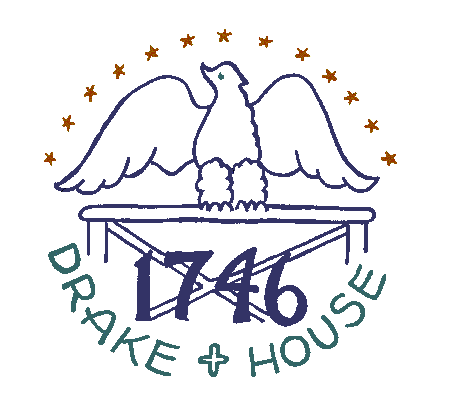 |
|||||||||||||||||
|
|
|||||||||||||||||
|
|
|||||||||||||||||
 |
||||
THE LETTERS SCOTT SENT HOME describing his army experiences also provide the first glimpses of his art. His simple, linear pen-and-ink said more than his words. A sketch made during his
regiment's initial foray into hostile territory, in September 1861 depicts an autumn view near Lewinsville, Virginia, with Munson's Hill in the distance. It shows a rolling countryside crisscrossed by rail fences,
and a farm nestled in gentle surroundings, framed by trees in full leaf. As a child fascinated with art and things military, Scott had drawn Persian King Xerxes army on the march into Greece in 480 BC, using
the back of a large map for the outside scene. Now, he had military themes from his own experience to translate into art. By October 1861, Scott's regiment was part of the 1st Brigade of Brigadier General W.F.
'Baldy' Smith's Division , in the Army of the Potomac's IV Corps. Stationed at Camp Griffin in the Defenses of Washington, the brigade, which consisted entirely of Vermont units, suffered through the raw, rainy winter
of 1861-1862, fully one fourth of the brigade was off duty because of illness. Relief finally came in March, with orders to prepare two days' rations and be ready to move. Scott and his comrades, now wearing
army blue instead of their original gray, excitedly prepared to join the rest of the Army of the Potomac in one of the greatest military enterprises in modern history. Scott marched to Alexandria, Virginia, with the
3d Vermont. There the regiment boarded a transport ship, which steamed down the Potomac River and across the Chesapeake Bay to join a virtual city of ships off Fortress Monroe, Virginia, each waiting to put its
men ashore. Major General George B. McClellan, a commander of the Army of the Potomac, had begun his Peninsula Campaign, a plan to move a massive Union force up the peninsula between Virginia's James and York rivers and
strike the Confederate capital, Richmond, Virginia. It was only a matter of days before the whole campaign bogged down east of Warwick Creek at Yorktown - the very place where British General Charles Cornwallis was
defeated 80 years earlier in the Revolutionary War. McClellan settled his army into a siege against a Confederate force he mistakenly believed much larger than his own. About noon on April 16, 1862, the
general arrived at the point of Warwick Creek where the Vermont Brigade was stationed. With him were the Prince de Joinville and the Comte de Paris, exiled French noblemen . McClellan ordered 'Baldy' Smith
"to occupy the opposing works, but by no means to bring on a general engagement, and to withdraw his troops if serious resistance was encountered." Led by Captain Samuel Pingree, future governor of Vermont,
four companies of the 3d Vermont crossed the creek to feel out the enemy. Securing a rifle pit on the opposite shore and holding off as many regiments as there were companies, the Vermont men held on for nearly an
hour. They signaled repeatedly for reinforcement, and sent a man back across the creek with a plea for help, but none was sent. Having broken through the perimeter of Rebel defenses, it would have been logical
and reasonable for McClellan to follow the first wave of men with a full assault, march up the largely undefended peninsula and take Richmond. But it was not to be. As the men retreated through the creek's swollen
waters, carrying their wounded captain, the Confederates kept up a steady fire. Scott was not content to remain a bystander while his fellow soldiers struggled to cross the creek alive. Though not a combat
soldier, he waded into the water under fire to help rescue the wounded. He later described the situation in the creek to a correspondent of the New York Tribune, saying, "Why, sir, it was just like
sap-boiling, in that stream, the bullets fell so thick." Smith was so deeply impressed by Scott's courage that he instructed a subordinate to prepare a recommendation that the young fifer be cited for
bravery. Scott was subsequently awarded the Medal of Honor, with the citation, "Crossed the creek under a terrific fire of musketry, several imes to assist in bringing off the wounded." McClellan's
army continued its movement toward Richmond. The commanding general's overcautiousness, however, compounded by deep mud and brisk Confederate resistance, slowed the pace of the march to a crawl. The Federals
fought their way so close to Richmond that they could hear the city's church bells, but retreated in haste when their commander erroneously concluded they were vastly outnumbered. The engagements of this failed
campaign carved vivid images in Scott's memory, images that would later appear in paintings such as "Portrait Of General Hancock At Williamsburg." "The Battle of Goldings Farm" and "The
Rear Guard At White Oak Swamp." |
||||
Contents of any advertisements associated with this page are NOT endorsed in any way by |
||||